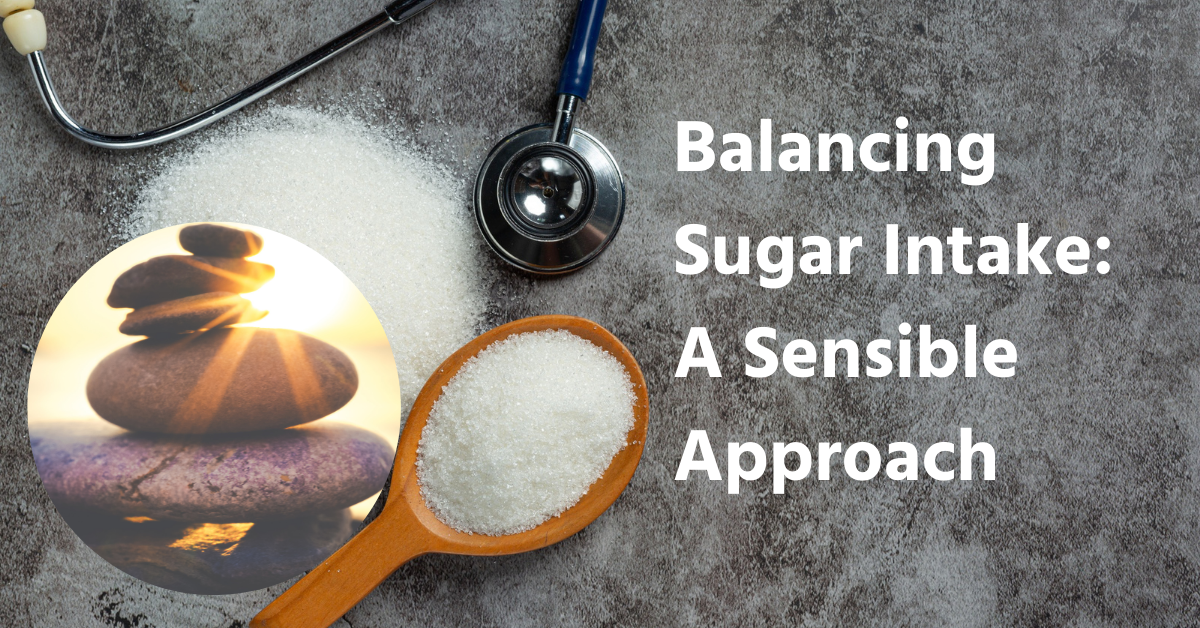We live in a world where sugar and caffeine reign as legal “superstars” with no restrictions on their consumption. While alcohol, nicotine, and cannabis face taxes and regulations, sugar and caffeine waltz through life unbridled, taking center stage as if they were VIP guests at a never-ending party.
Amidst a global rise in obesity and simultaneous struggles with malnutrition and lifestyle diseases, it’s clear that conscious consumption is the key to a healthier future. Reducing sugar, moderating caffeine intake, and adopting a wholesome lifestyle make sense. However, the idea of eliminating sugar entirely may not be the most sensible approach.
Sugar is indeed a legal “drug,” reigning supreme as the world’s most consumed sweetener. Yet, it’s not all bad. It’s not sugar itself that’s problematic; it’s the quantity we consume. What’s even more concerning is when people replace sugar with alternatives like aspartame, believing they’re doing their bodies a favor by consuming cans of zero-calorie sodas.
Some turn to Stevia, which might be a better option but lacks the same rich, flavorful essence as real sugar. The wisest choice is to reduce overall sugar intake while still savoring the real thing in moderation. Sugar’s primary role is to enhance flavor, adding depth and richness to various dishes.
The same principle applies to salt and sour elements. These are essential catalysts for our taste buds. Without them, flavors, which are primarily olfactory, become weak and diluted. Salt enhances chocolate’s richness, while a touch of lemon juice elevates the taste of watermelon juice. Likewise, sugar accentuates various flavors, and this isn’t just grandma’s wisdom; it’s backed by biochemical science.
When it comes to ice creams, shakes, sodas, mixers, chocolates, and desserts, sugar is a key ingredient. Some may require more, while others get by with less, but limiting sugar content based on calorie counting rather than taste is a lackluster way to design a product.
Unfortunately, many brands seem to be doing just that. Consider the case of Habbit’s protein sachets, which taste like a laboratory concoction of amino acids. Their “Wise Cream,” boasting under 40 calories per serving, seems to have forgotten to focus on taste. The end result, while creamy, lacks the flavor intrigue you’d expect from a quality dessert.
In contrast, a delicious gelato from a brand like Naturals or Venezia offers the full-bodied, sugary, and creamy experience that’s worth indulging in occasionally, albeit in moderation.
The same philosophy applies to colas and desserts. Enjoy the authentic treat, but consume them in smaller quantities and less frequently. The belief that you can consume more simply because it has fewer calories is not a healthy approach. Limiting the frequency of indulgence can make the joy of savoring something real and delightful even more meaningful.

